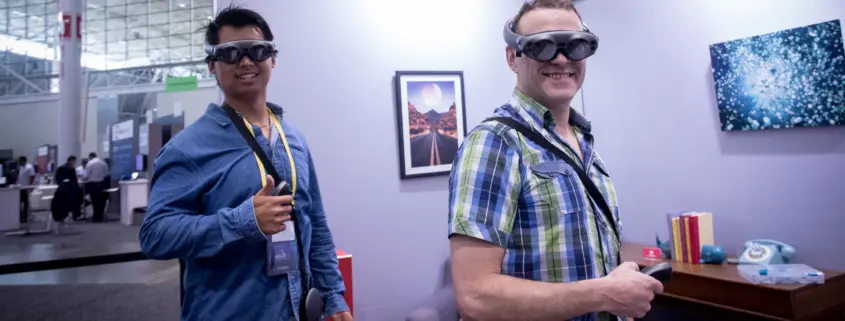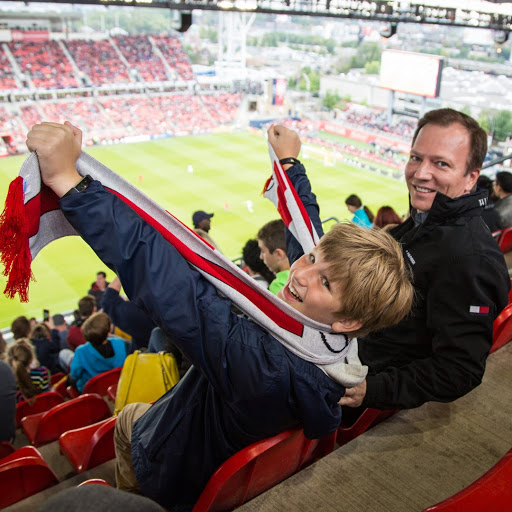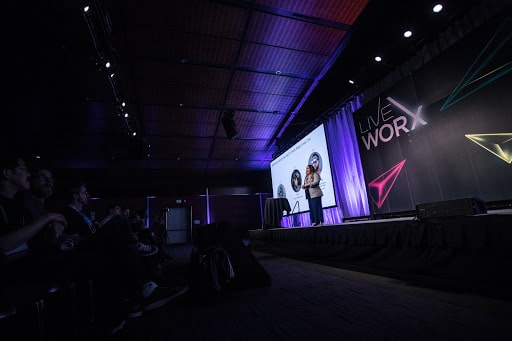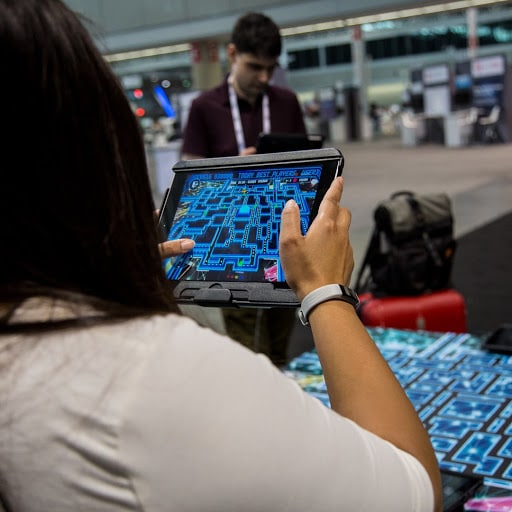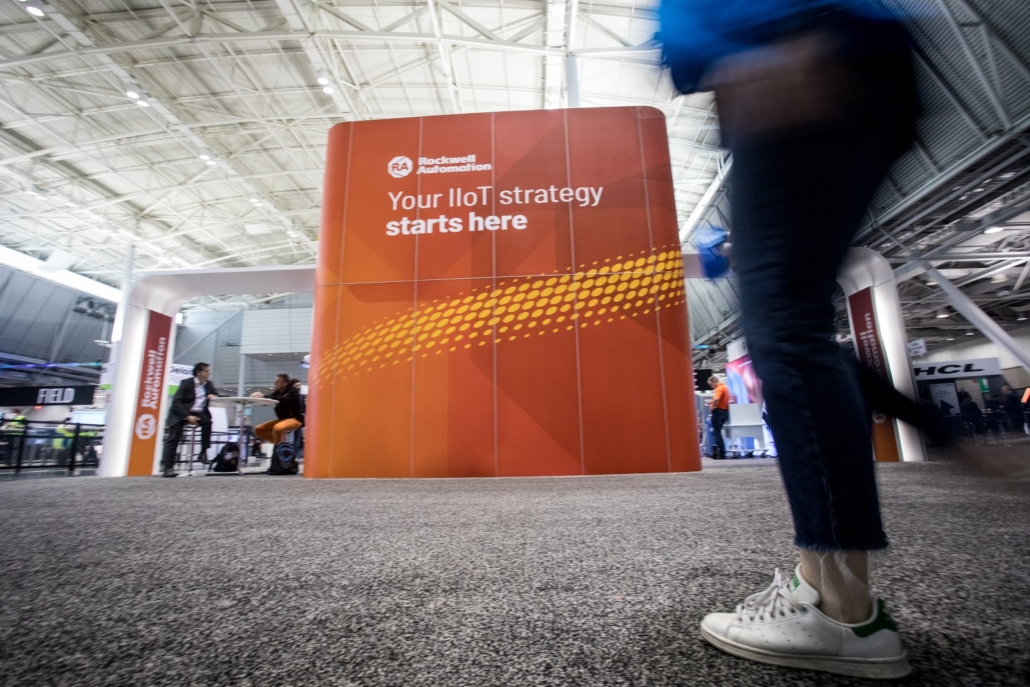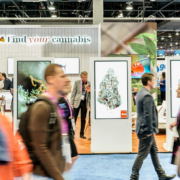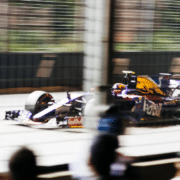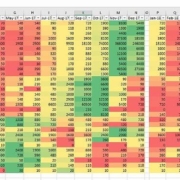3 ways to stand out on social media at your next event
Be honest: During an industry event or trade show, do you post more than a couple times? And, the million-dollar question: What value does this content deliver?
Publishing content from an event on social media is an enormous opportunity to get your brand to stand out in the digital conversation around the event. By sharing unique, high-quality content from the event — like thought leadership from your company’s CEO during a keynote address — you’re delivering value to the audience, both digital and in the room. The result? Greater awareness, organic follower growth, and an increase in traffic to your website or owned content — to name a few.
If your organization is attending and/or sponsoring an event, and you want to elevate your social media to highlight the experience, these 3 best practices can help you stand out and deliver value to your audience that you can report back to your company’s leadership.
- Invest in photography
It’s pretty straightforward: Everyone wants to look good in photos, especially if they’re showing up on social media.
Sure, current smartphones come with cameras that produce incredible photography, but investing in an experienced photojournalist with professional equipment means you’ll have a dedicated person who can work through the event with their camera. As a result, you’re cleared to work on other tasks like talking to prospective customers or managing your marketing team.
You’ll also come away from the event with a folder of evergreen assets you can use to for blog posts, newsletters, and/or future social content.
Another benefit? Your subjects will look great. Those people will be more likely to share content featuring the amazing shot of them. If you’re at a large conference or expo, and capture thought leadership alongside a great picture of a powerful influencer within your industry, he or she will be more likely to share your content with their followers.
In addition to professional photography, it’s also important to consider composition, and how you’re helping a photographer capturing the people and atmosphere of an event. The photojournalist you hire should know how to create a fantastic photograph, but within the context of social media, there are a couple things to remember:
- Social networks all use a variety of dimensions for in-line posts, banner photos, profile photos, etc, so make sure that your photographer shoots with the proper dimensions in mind.
- Keep timing in mind. Know what or who you want photographed, and ensure you outline a rough schedule for your photographer, giving them time to do any necessary editing, cropping, or branding.
- Stand-and-smile-at-the-camera shots are ok, but if you’re already working to stand out to the digital audience, don’t be afraid to encourage your photographer to get creative, if appropriate. Consider these examples of creative shots that still contribute to the overall story being told:
- Pre-schedule curated content
The highlight of live coverage is, of course, content with great photography and in-the-moment thought leadership. But going into an event with pre-scheduled content — complete with relevant hashtags — will ensure your brand is consistent a part of the conversation throughout the event.
Take a look at the event hashtag, and see what the audience is talking about. You’ll probably find plenty of discussion about event speakers or product demonstrations or highlights from last year’s event.
With this in mind, develop a content calendar that includes:
- Information or a landing page about your organization’s attendance at the event
- Landing pages or websites from your organization that could drive lead generation
- Content about or by your company’s executives
- Relevant industry leaders who are speaking at the event
- 3rd party content on topical news that would resonate with the event’s digital audience
Prepared content can be scheduled for the weeks before and after an event. You’ll establish your brand as an authoritative voice for the audience to follow. By delivering high quality content including professional photography and thought leadership from the event these followers will likely stick around. After the event, keep hashtagged content going for 2 weeks to a month. This content can include the content you gathered in real-time but never used, or posts that resonated well with the audience.
- Measure success with tracking
Analysis and reporting is a critical component of marketing and social media, allowing the team to evaluate what worked, what didn’t, and where changes could be made.
It’s no different when you’re engaging in live event coverage on social media. Leadership will want to know the value of your work and the impact of coverage, so tracking your efforts beyond vanity metrics (i.e. likes, shares, retweets) will help you determine if your goals were met. From there, adjustments can be made to your approach or your next event.
Track each post you pre-scheduled or are posting in real-time, using a campaign tag within your social media scheduling tool. From there, you can isolate event-specific content for analysis. As a bonus, you can also see which posts performed best, and reuse them again within your channels, or as part of a recap.
***
Not only does live event coverage on social media drive increased brand awareness, you could also see follower and/or subscriber growth, and 4x the number of potential leads. Our team has developed its process out of experience covering events from a 12-person roundtable to a 120,000-attendee tradeshow, in a variety of industries including tech, education, cannabis, and automotive.
The DJG approach to live coverage is methodical and precise, because it drives results.
These tips can help you start incorporating live coverage elements into your social media and marketing events schedule, but if you’re ready to supercharge your next event sponsorship, get in touch and try our free event assessment.

